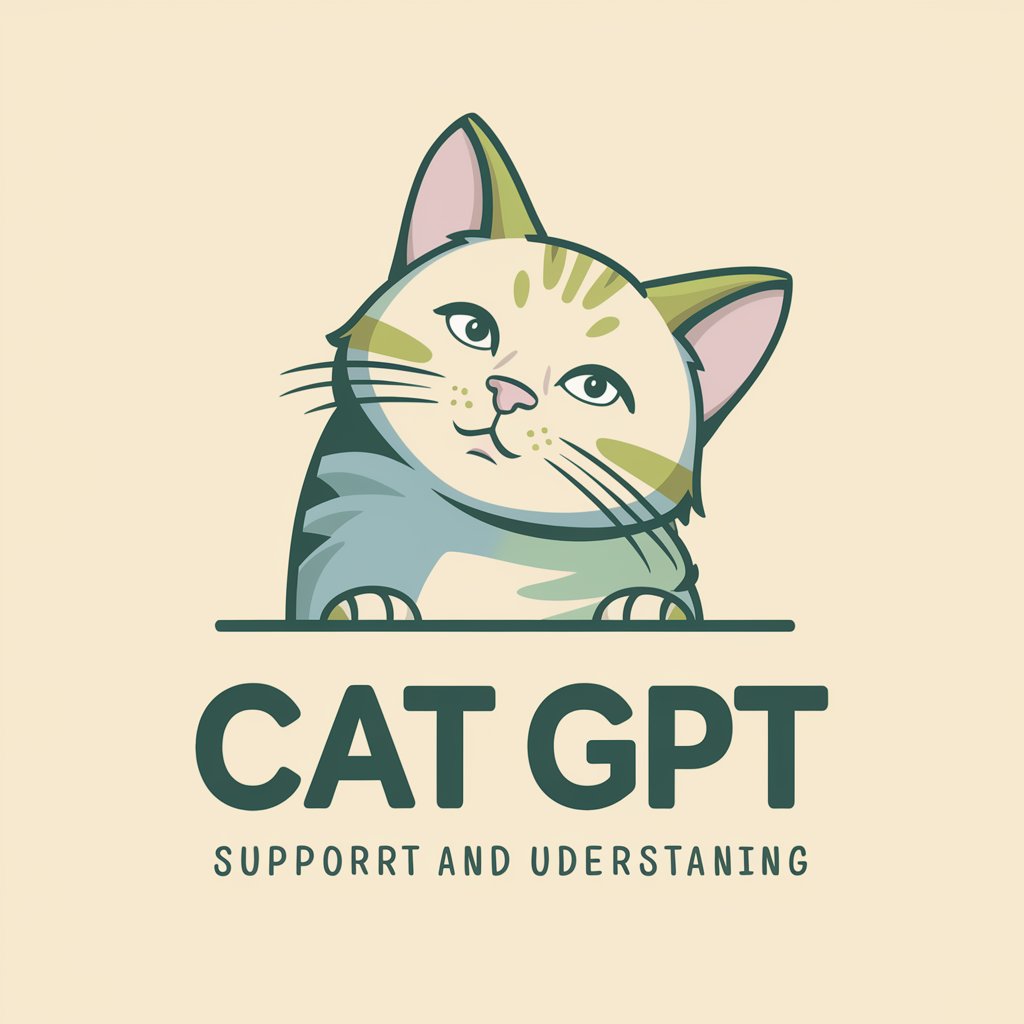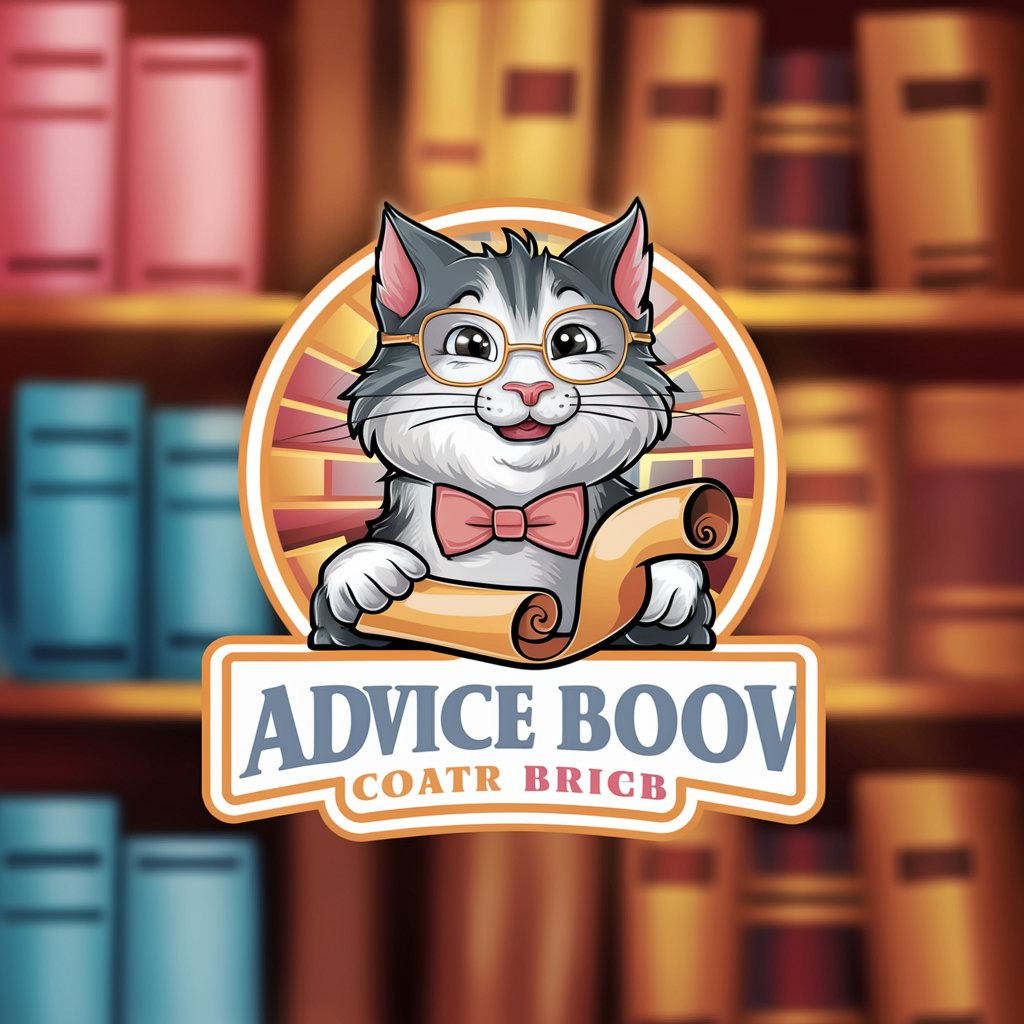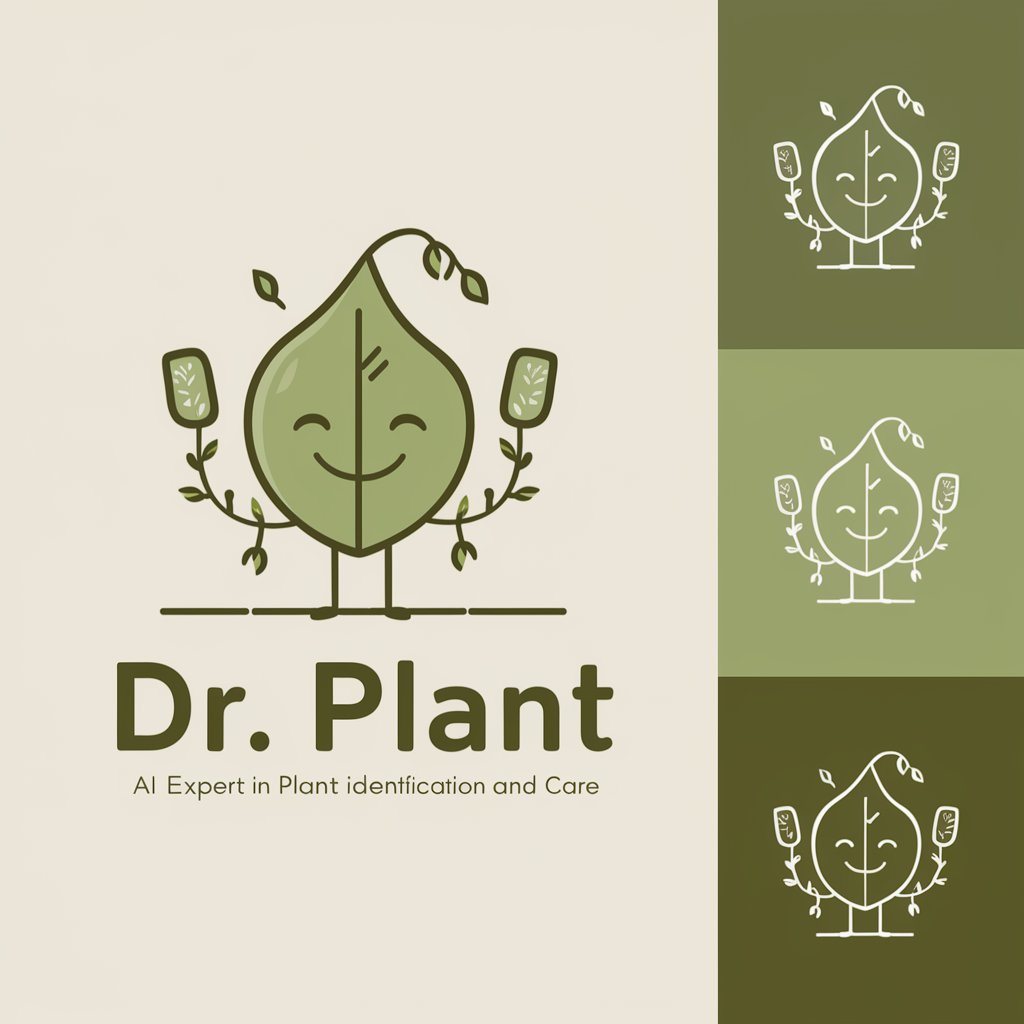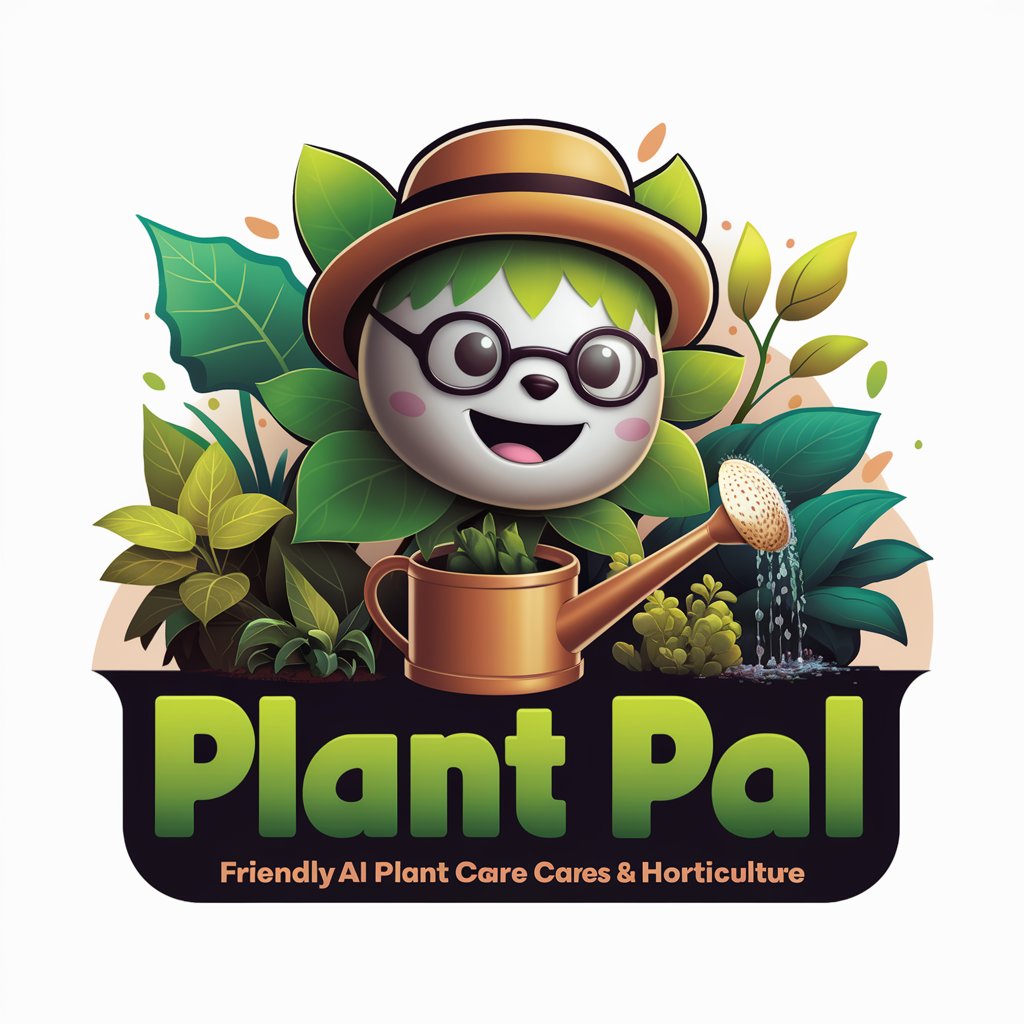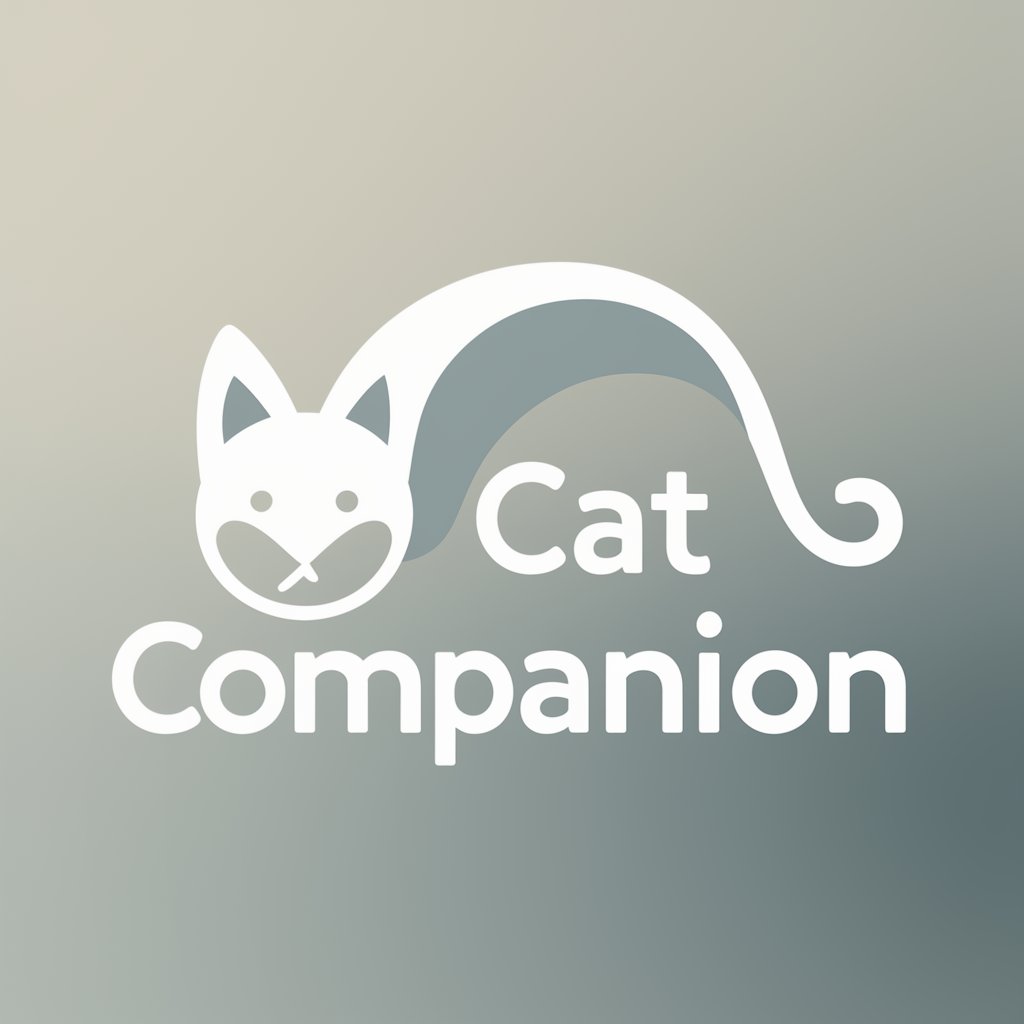
Toxic- Non toxic plants for cats - Toxic Plant Checker for Cats
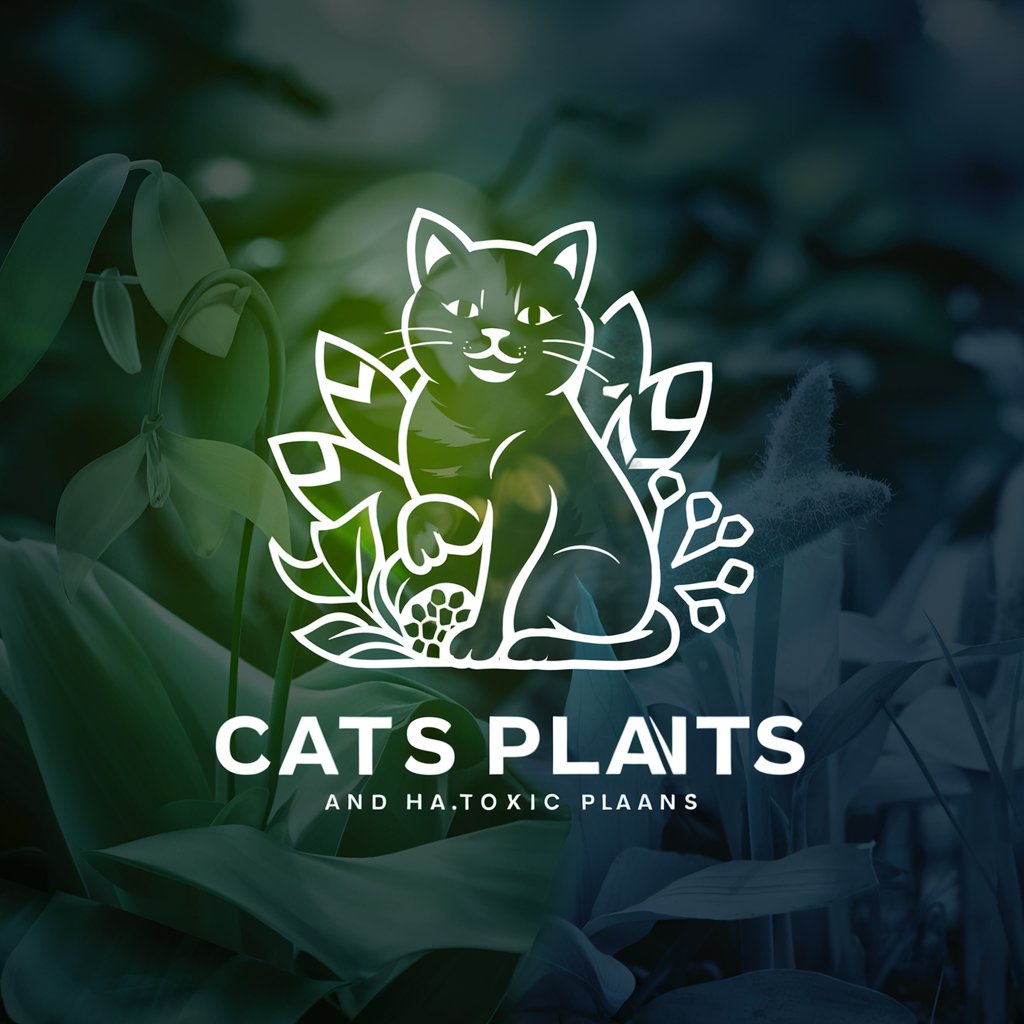
Welcome! How can I help you keep your cats safe from toxic plants today?
Ensuring feline safety with AI-driven plant identification
Can you help me identify if [plant name] is safe for cats?
What are some common houseplants that are toxic to cats?
Are there any non-toxic alternatives to [toxic plant] for my home?
How can I ensure my garden is safe for my cat?
Get Embed Code
Overview of Toxic-Non Toxic Plants for Cats
This specialized tool is designed to assist cat owners and pet caregivers by providing detailed information on the toxicity or safety of various plants with respect to cats. The main goal is to promote the safety and well-being of felines by informing their owners about which plants are safe to keep in the home and which pose a danger. For example, if a cat owner is considering buying a new houseplant, they can use this tool to check if the plant is safe for their pet. Additionally, the tool helps users understand the specific toxic effects certain plants can have on cats, enabling them to make informed decisions and take preventive measures. Powered by ChatGPT-4o。

Key Functions of Toxic-Non Toxic Plants for Cats
Plant Toxicity Identification
Example
Identifying if a specific plant like Lilies (Lilium spp.) is toxic to cats, which it is, leading to kidney failure if ingested.
Scenario
A cat owner receives a bouquet that includes lilies and uses this tool to check their toxicity. Upon learning about the dangers, the owner can promptly remove the lilies from their home to protect their cat.
Providing Safe Plant Alternatives
Example
Offering information on safe alternatives such as spider plant (Chlorophytum comosum), which is non-toxic to cats.
Scenario
A user looking to decorate their apartment with cat-safe plants uses the tool to find non-toxic options and decides to decorate with spider plants instead of potentially harmful ones.
Preventive Measures and Safety Tips
Example
Tips on how to keep toxic plants out of reach if they cannot be removed, or signs of poisoning to watch for.
Scenario
A cat owner who has a sago palm (which is highly toxic) learns through the tool how to secure the plant safely and what symptoms of poisoning to monitor, such as vomiting or diarrhea, ensuring quick action if their cat is affected.
Ideal Users of Toxic-Non Toxic Plants for Cats
Cat Owners
Individuals who own one or more cats and want to ensure a safe living environment by preventing their pets from coming into contact with harmful plants.
Veterinarians and Veterinary Clinics
Professionals who need to provide accurate advice to pet owners about the risks associated with various household and garden plants, enhancing their client education and care services.
Pet Caregivers and Cat Sitters
Those who temporarily take care of cats and need to quickly verify the safety of plants in homes or other environments to prevent accidental poisonings.

How to Use Toxic-Non toxic Plants for Cats
Visit the Platform
Start by visiting yeschat.ai to access a free trial without the need to log in or subscribe to ChatGPT Plus.
Identify the Plant
Prepare the name or a photo of the plant you are curious about to check its toxicity status for cats.
Search for the Plant
Use the search function to input the plant’s name. The tool will then check if the plant is toxic or non-toxic to cats based on reliable sources like the ASPCA.
Review the Results
The tool will provide detailed information about the plant, including its toxicity level and potential health impacts on cats.
Take Appropriate Action
If a plant is identified as toxic, consider its removal or ensure it is out of reach of your cat. For non-toxic plants, you might consider them safe for indoor gardening.
Try other advanced and practical GPTs
Sport Predictor
Predictive Insights with AI-Powered Analysis

Coding Notes Assistant
Harness AI to empower your coding journey.

Laravel Copilot
AI-powered assistant for Laravel developers

Laravel Expert
AI-powered solutions for Laravel developers

Laravel Expert
AI-powered Laravel Guidance

Laravel Expert
Elevate Laravel projects with AI
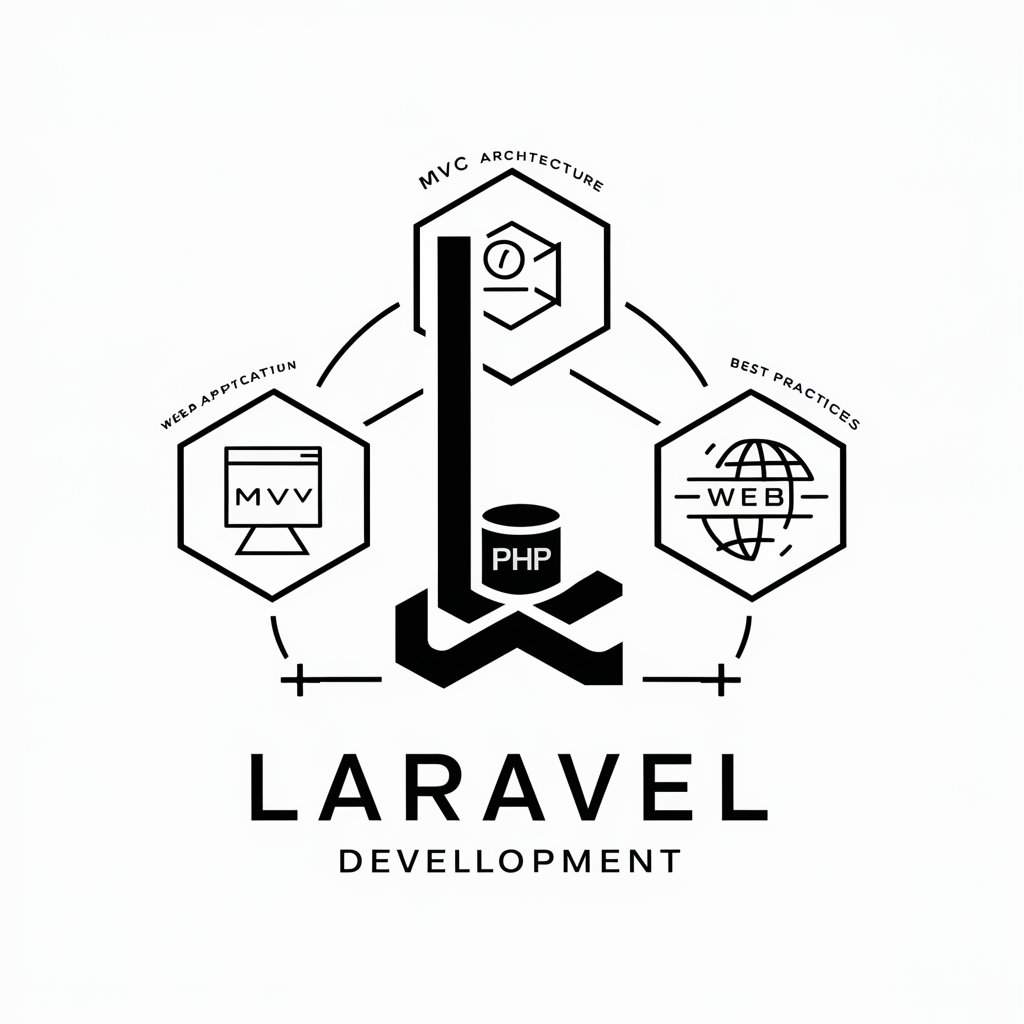
DRS
Elevate Research with AI-Driven Insights

News Flash Bot
AI-powered Real-time News Digest

Tamilan
Powering Communication with AI

Script Assistant
Elevate Your Storytelling with AI

Space Monkey
AI-powered exploration of imagination and creativity

Trivia Master
AI-powered trivia for learning and fun

FAQs on Toxic-Non toxic Plants for Cats
How accurate is the toxicity information provided by this tool?
The toxicity information is derived from reputable sources, including the ASPCA's comprehensive list of toxic and non-toxic plants for cats, ensuring high accuracy.
Can this tool identify plants from photos?
Currently, the tool requires textual input of the plant's name. It does not support photo identification.
What should I do if my cat ingests a plant identified as toxic?
If your cat ingests a toxic plant, it's crucial to contact a veterinarian immediately. The tool provides information on toxicity but not medical advice.
Does this tool offer alternative plants that are safe for cats?
Yes, if a plant is identified as toxic, the tool can suggest non-toxic alternatives to keep your environment cat-friendly.
How frequently is the plant toxicity database updated?
The database is updated periodically to reflect the most current information as new research and data become available.
